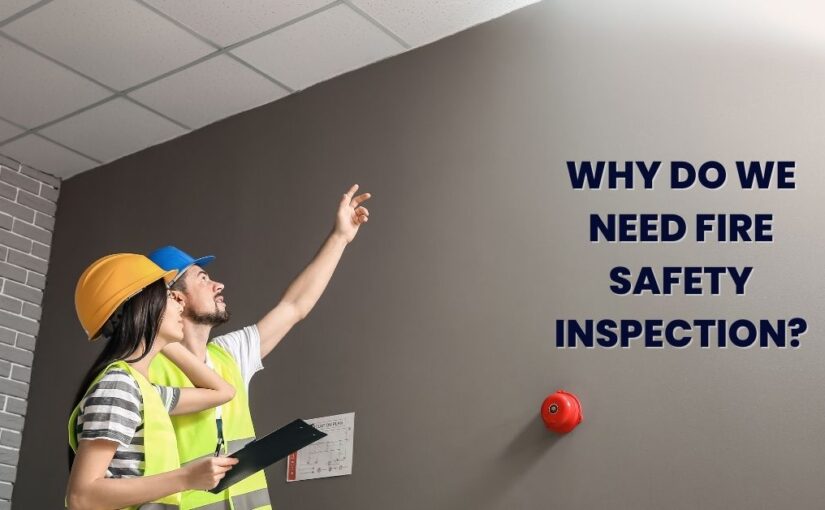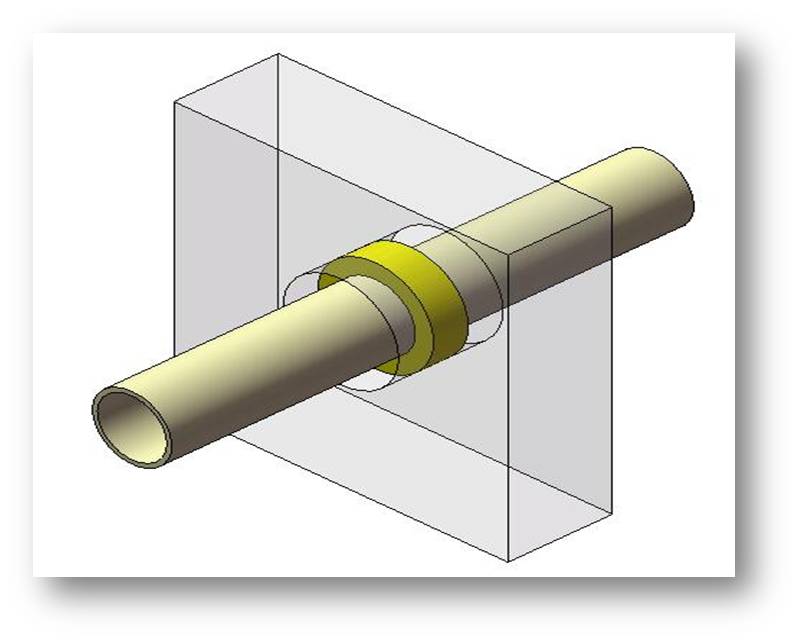Fire accidents are uncertain and cause huge damage to the lives. If proper precaution is not taken the fire break out can cause huge damage to the property and the human lives. Here comes the need for fire safety inspection that will recommend fire stop systems to combat and minimize the damage due to fire
Fire safety inspection is the process of examining the building or a facility for potential fire hazards and ensuring compliance with fire codes, regulations and standards. The inspections are conducted by qualified and expert inspectors. The main aim of fire safety inspections is to prevent fires, protect lives and property and educate public about fire safety
Fire safety inspection is important part of protecting the structure from fire. Here is why one need fire safety inspection in their building –
- Identifying fire hazards: Fire safety inspection can help one detect potential fire hazards. By identifying and addressing them, one can help prevent a fire from occurring in the first place. There are many potential fire hazards and some of the most common include poor ventilation, combustible materials, electric issues and more. It is important to be aware of potential fire hazards and take steps to address them so that one can be safe.
- Ensuring compliance with the fire safety codes: Staying up to fire safety codes includes regular fire safety inspections that will help prevent devastating losses from fire. The fire safety inspectors ensure that the building and other structures comply with the fire safety codes and regulations. The inspectors also provide education and training to building owners and occupants on how to prevent fires and comply with fire safety codes.
- Reducing fire damage and loss of life: Fire safety measures minimize the risk of injury or loss or life in the event of fire. The inspectors will test safety systems including all components of sprinkler systems, alarm and detection system, and fire extinguishers to make sure they are in operating condition. They also make sure that the building has adequate and clean means of escape and emergency signage. Also, they ensure the building has sufficient fire resistance and compartments to prevent fire and smoke from spreading to the other areas. They also check if the building has adequate ventilation and smoke control systems in place to reduce the exposure of harmful gases and heat in case fire breaks out.
- Protecting insurance coverage: In a fire, it is important to have up-to-date documentation of safety measures that help reduce damage and ensure a quick recovery. Insurance companies often need the documentation as a part of claim process. The documentation includes inventory of fire extinguishers, and other equipments, a list of procedures for evacuating the premises in event of fire, and a floor plan showing location exits and fire exits. With proper documentation the businesses can help protect insurance coverage in the event of fire.
By conducting regular fire safety inspections, one can identify potential fire hazards before they become problem and take steps to mitigate the.


